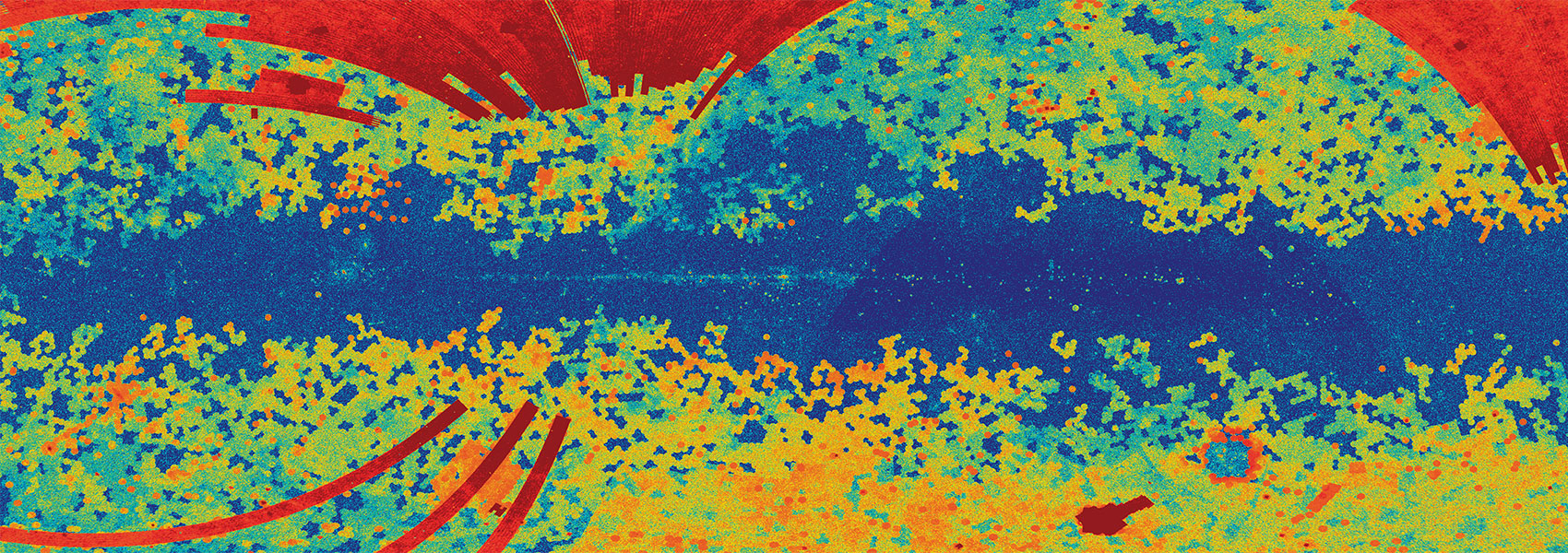The frequency of Earth-sized habitable zone planets is a key parameter for the success of the upcoming Habitable Worlds Observatory. However, our understanding of this parameter is currently muddied by a paucity of reliable detections and model-dependent extrapolations. In the first portion of my talk, I will discuss the demographics of small planets around Sun-like (FGK) stars with Kepler, and a new potential signature of atmospheric evolution found amongst the close-in population. Using a metric of fractional occurrence, I will separate the population of remnant cores from the intrinsically rocky planets to provide a new estimate for the occurrence rate of Earth analogues around Sun-like stars, and consider how this may affect HWO. In the second portion, I will discuss how advancements in the field have changed our understanding of Earth-sized planets around cool stars since the work of Dressing & Charbonneau in 2015. Using an updated dataset with modern statistics, I will revisit this population of Kepler's small planets and provide an updated estimate for Earth analogues around cool stars.



